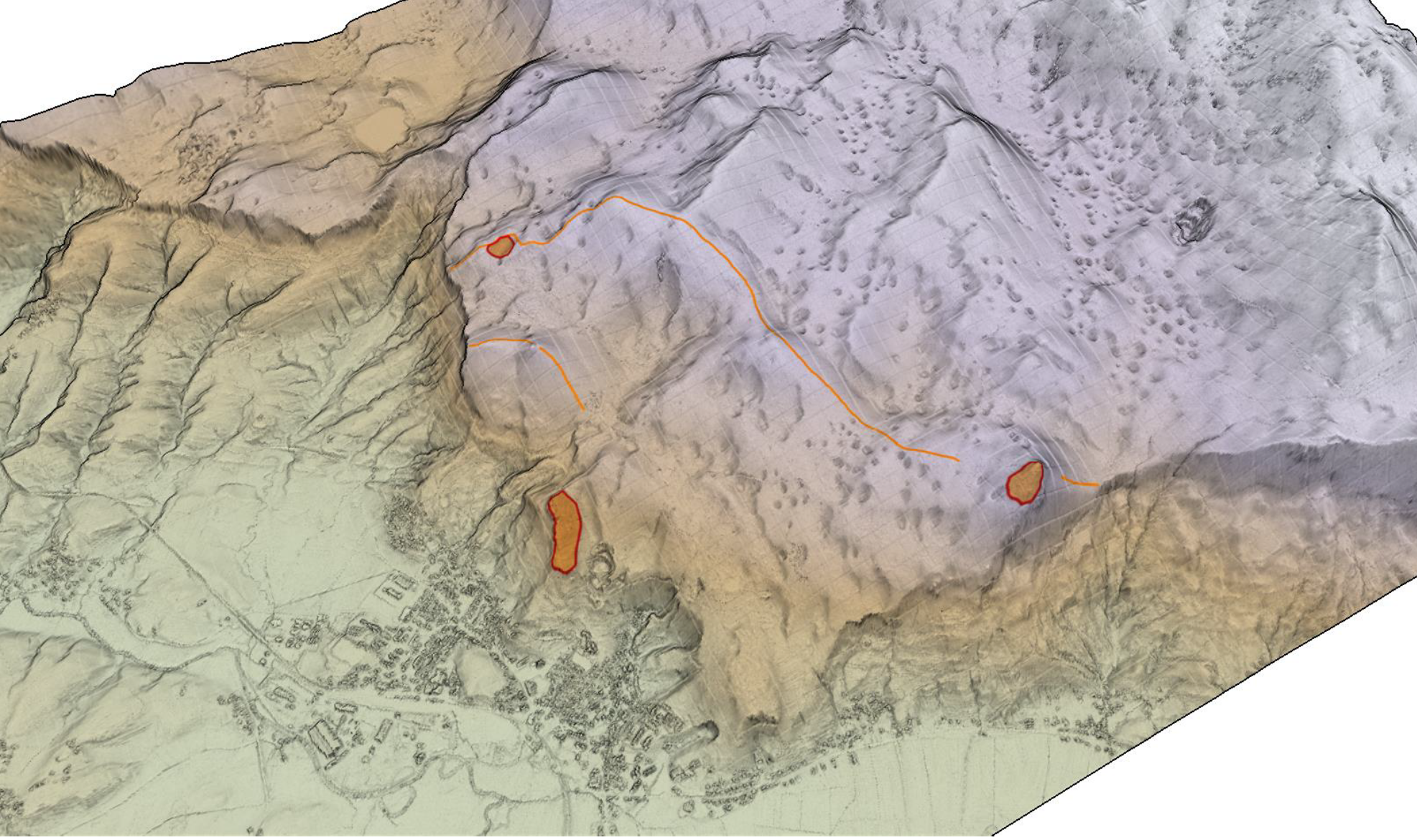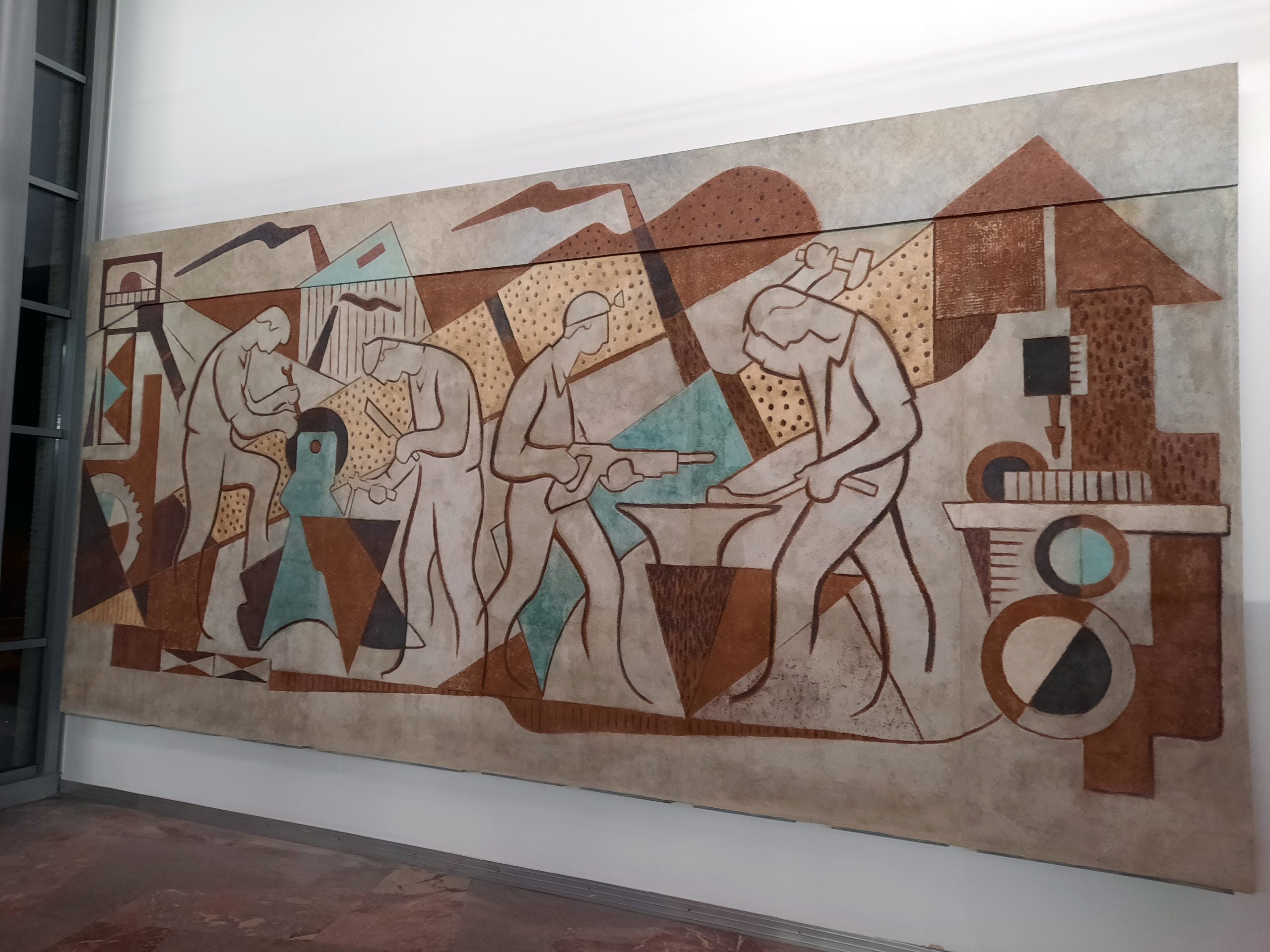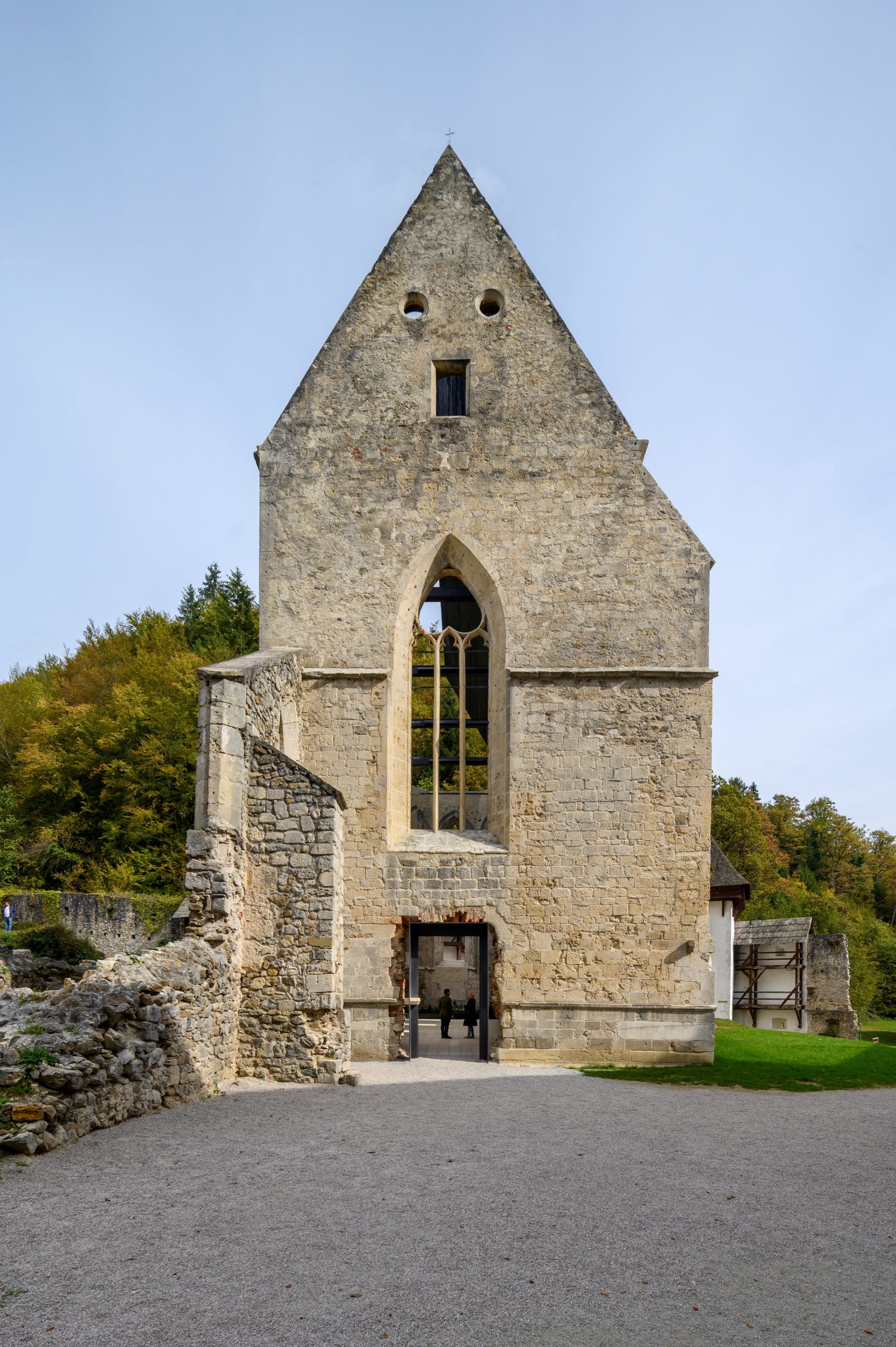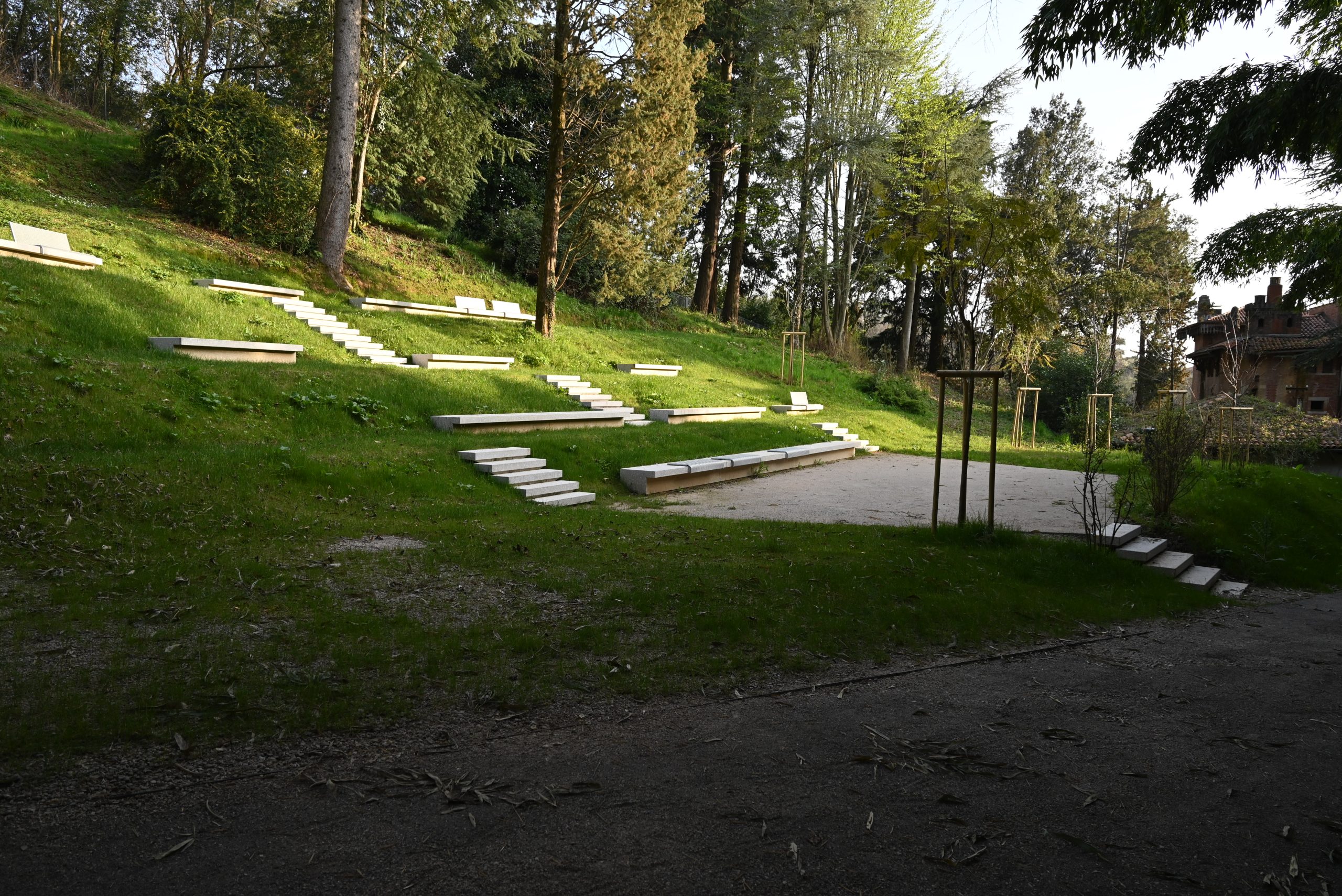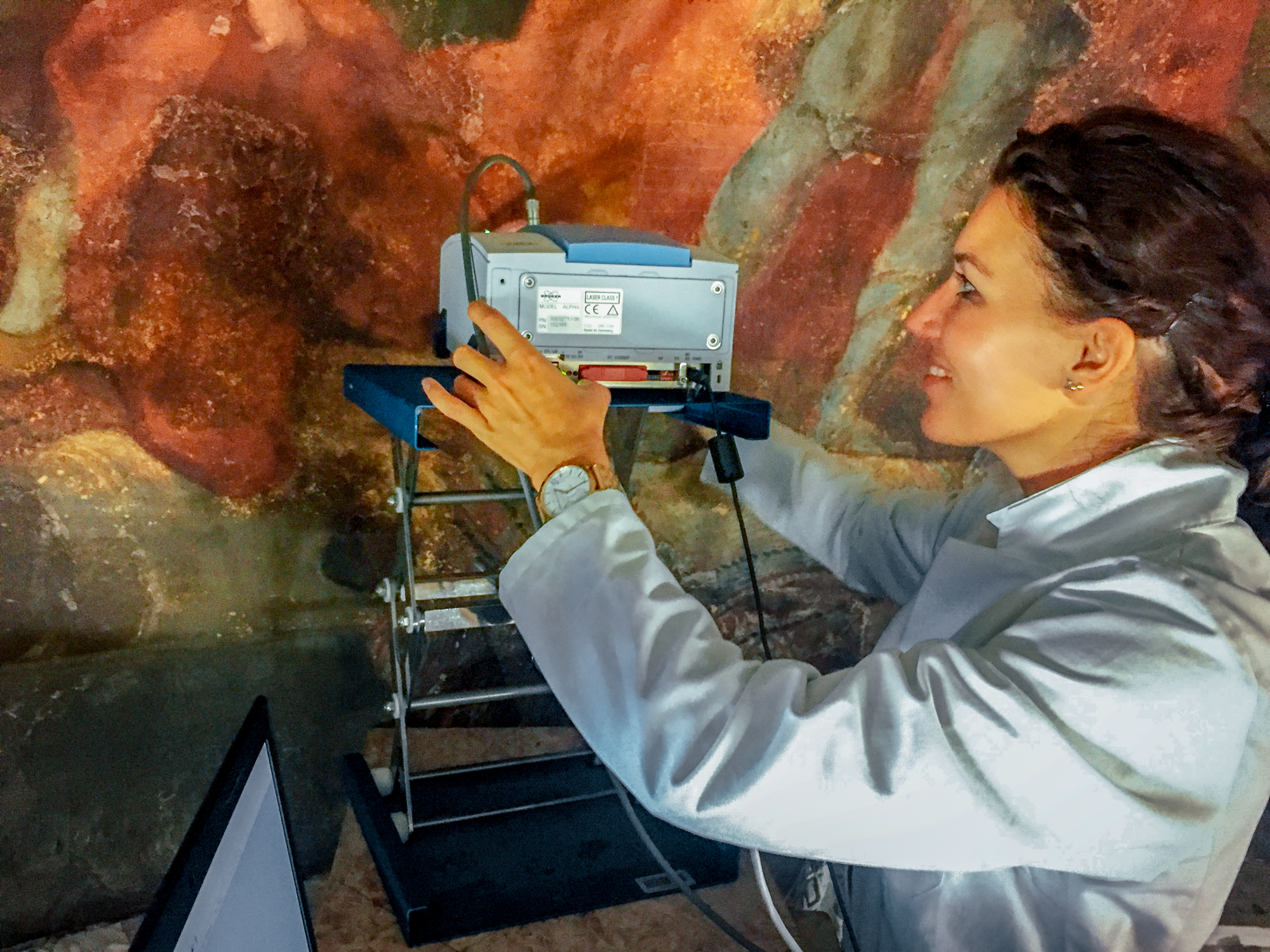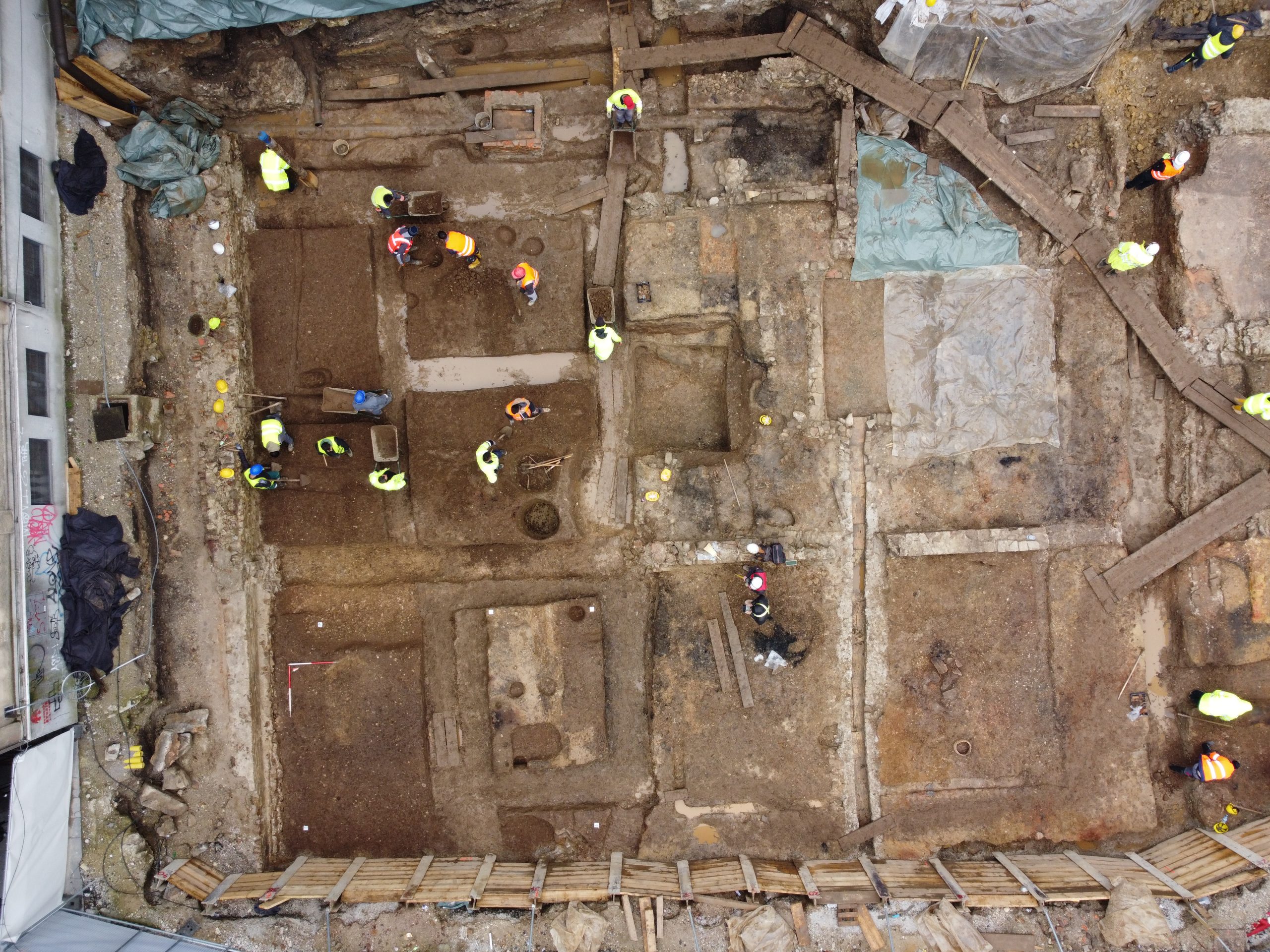Here you will find stories about the restoration of monuments, conservation and restoration interventions, presentations of preventive archaeological excavations and research tasks. You are invited to take a look.
Kostel Castle and Market Square
Kostel Castle and Kostel Market Square are located in the landscape of the same name in south-eastern Slovenia, about 2 km from the former main road connecting Ljubljana via Kočevje to Delnice and on to Kvarner Bay. The naturally well-protected steep hills and the proximity of the Kolpa River offered favourable conditions for settlement in prehistoric times. Probing archaeological research carried out by the archaeologist M. Hirschbäck-Merhar has shown that people lived here as early as the Copper and Bronze Ages.




















